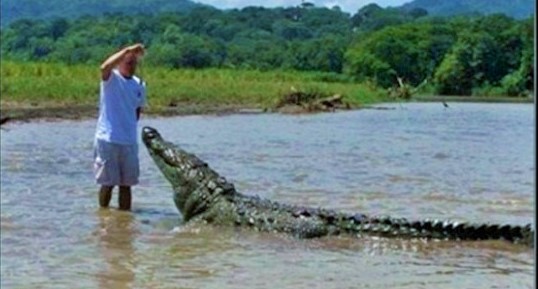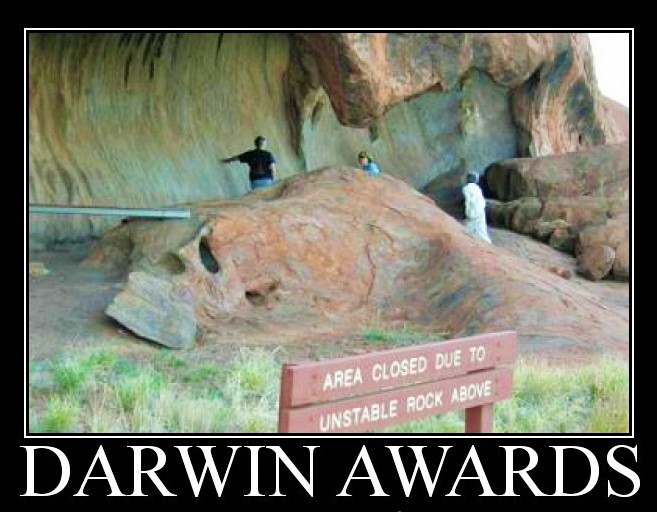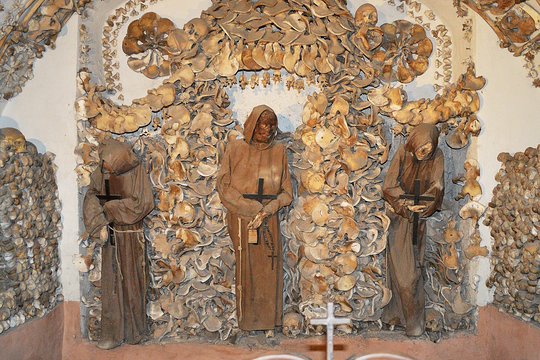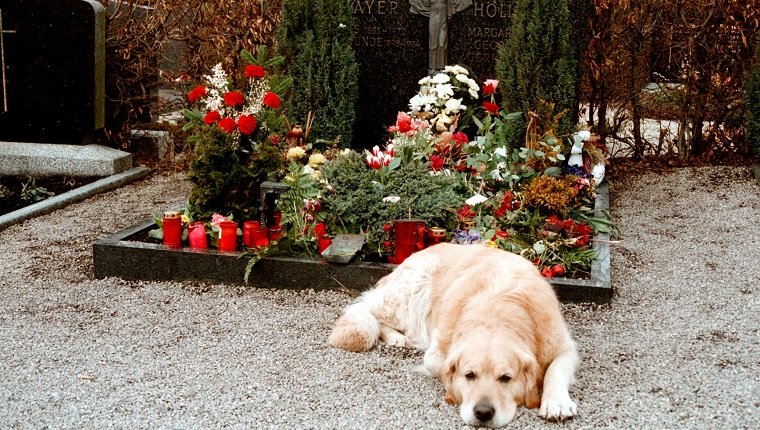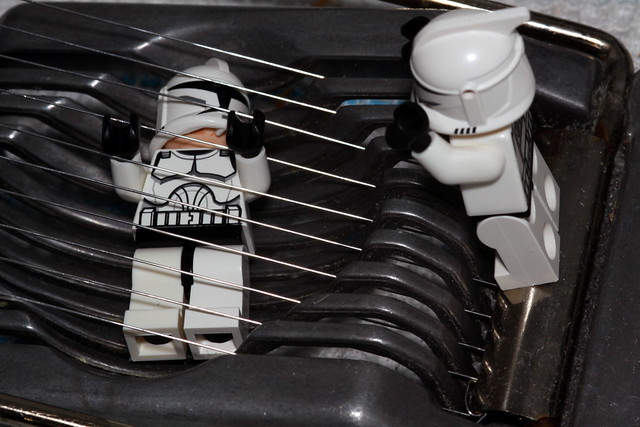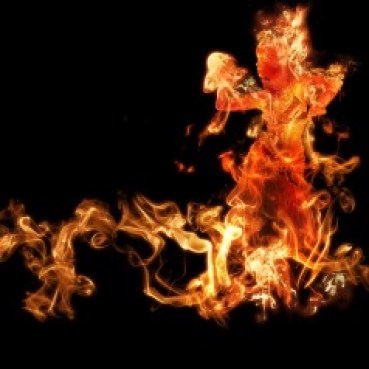
Michael Greenhalgh
I can’t help it. The evening news is full of local drive-by shootings and the massacre happening in Ukraine. I’ve been thinking about killing (not planning it, just considering the varieties of ways and means).
I’ve mentally pursued two paths: the category of killing and the method of killing.
Categories of Killing
Execution: the carrying out of a sentence of death on a condemned person within the confines of a legal system. Over time, many methods have been embraced. For more information, look here, here, or here.
- Firing squad
- Hanging
- Electrocution
- Lethal injection
- Drawing and quartering
- Drowning
- Burning at the stake
- Beheading (whether by axe or guillotine)
- Exposure (on the ice, in the desert sun, adrift at sea)
- Disembowelment
- Crucifixion
- Gibbeting
- Keelhauling
- Suffocation
Murder: the unlawful premeditated killing of one human being by another. The methods are infinitely variable.
- Felony murder (in some jurisdictions):
- Killing someone during the commission of a dangerous or enumerated crime.
- The killer and also all accomplices or co-conspirators may be found guilty.
- It doesn’t matter whether the killing was intentional or accidental.
Homicide: the deliberate and unlawful killing of one person by another. The point here is lack of premeditation or planning. Killing in the heat of the moment by whatever means would count.
- Justifiable homicide: the killing of a person in circumstances which allow the act to be regarded in law as without criminal guilt.
- Examples include self-defense, capital punishment, and police shooting.
- (Note: police shootings are not automatically judged justifiable.)
Manslaughter: the crime of killing a human being without malice aforethought, or otherwise in circumstances not amounting to murder.
- Involuntary manslaughter: the person who commits the crime had no intention of causing or even expecting the possibility of death.
NOTE NOTE NOTE NOTE NOTE NOTE NOTE
Different jurisdictions define these categories of killing differently, and some times interchangeably. If you want to be precise, know your local laws.
Euthanasia (a.k.a. mercy killing): the painless killing of a patient suffering from an incurable and painful disease or an irreversible coma. Note: the practice is illegal in most countries.
Ritual sacrifice: offering something to a deity in propitiation or homage, especially the ritual slaughter of an animal or person.
Suicide: death caused by injuring oneself with the intent to die.
Assassination:
- In law: any murder committed by an assassin, understood to be committed for money, without any provocation resentment given by the person against whom the crime is directed.
- In dictionary.com: to kill suddenly or secretively, especially a prominent person; premeditated.
Wartime Killing
War: a state of arms conflict between different nations, states, or different groups within a nation or state.
Soldiers killing soldiers during a war between nations or states are generally considered justified and legal; incidental killing of civilians are generally considered collateral damage, regrettable but not subject to punishment.
Not all wartime killing is internationally acceptable.
The Hague Conventions (1899 and 1907) and Geneva Conventions (1864, 1949 [pt 1, 2, 3, and 4], and 1977 [protocol 1 and 2] and 2005) focus on the protection of people not or no longer taking part in hostilities. There is no single document in international law that codifies all war crimes. However, lists of war crime can be found in both international humanitarian law and international criminal law treaties, as well as international customary law.
- War crimes (for a more complete list, see the United Nations, and the International Red Cross, and Wikipedia):
- Intentionally killing civilians
- Intentionally killing prisoners of war
- Torture
- Taking hostages
- Unnecessary destruction of civilian property, often with the aim of causing starvation or death by exposure
- Deception by perfidy
- Wartime sexual violence
- Pillaging
- Use of chemical or biological weapons
- Conscription of children into the military
- Granting no quarter despite surrender
- Flouting the legal distinctions of proportionality and military necessity
- Crimes against humanity:
- Specific cries committed in the context of a large-scale attack targeting civilians, regardless of their nationality.
- E.g., murder, torture, sexual violence, enslavement, persecution, enforced disappearance, etc.
- Chemical, biological, and radioactive weapons are often considered specifically crimes against humanity in addition to being war crimes.
- Genocide/ethnic cleansing:
- The deliberate killing of a large number of people from a particular nation or ethnic group with the aim of destroying that nation or group.
- Forced sterilization and sexual violence may be included here the aim is to disrupt or preemptively remove future generations.
War between groups within a nation or state = gang war: a “small” war between two (or more) groups feuding over territory or vendetta, not generally related to international legal standing.
- Characterized by sanctioned and unsanctioned killing
- Gun violence
- Street violence
- Joining a gang may be involuntary
- Leaving a gang—and surviving—may be next to impossible
- All gang activity is illegal in the US, although being a gang member per se isn’t
Methods of Killing
There are far too many to list, but here are a few methods to think about.
- No weapon (strangulation, broken neck or back, beaten to death with fists, thrown off a cliff, etc.)
- Weapon of convenience (for example, branch, bookend, poker, scissors, axe—anything found at the scene)
- Physical weapon brought to the scene (for example, cutting implement, gun, garrote, automobile, whatever)
- Animal weapon (for example, dog, venomous snakes or insects, predatory animals such as bears, big cats, trampling by elephants or horses)
- “Soft” weapon such as poison, gas, or medication overdose
Bottom Line: Killing is everywhere and always has been. Think about it! When—if ever—and under what—if any—circumstances would a character think/feel that killing could be acceptable.










